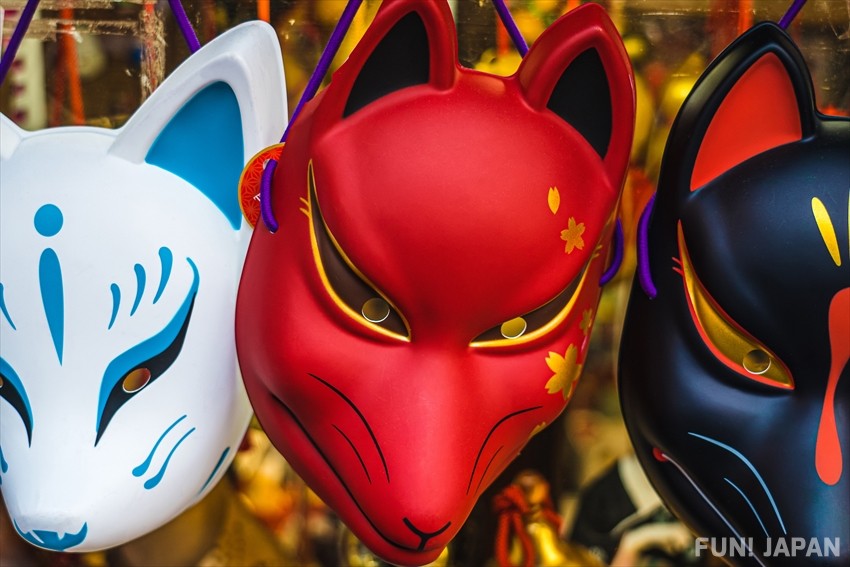
Japan’s magical, mythical creatures are everywhere, from movies to videogames to manga. Thanks to their magical abilities including shapeshifting, reigning over the sea and speaking to animals as well as their often cute appearance, they are popular with all ages and in a wide range of shows, be they ghostly or cute. Many popular examples include Pokemon, Studio Ghibli movies, the Mighty Power Rangers, Naruto and the Final Fantasy Series which all have traditional mythological-inspired characters to be found, defeated or learned from. The first step to spotting these characters, however, is knowing their origins.
Different Characters in Japanese Mythology
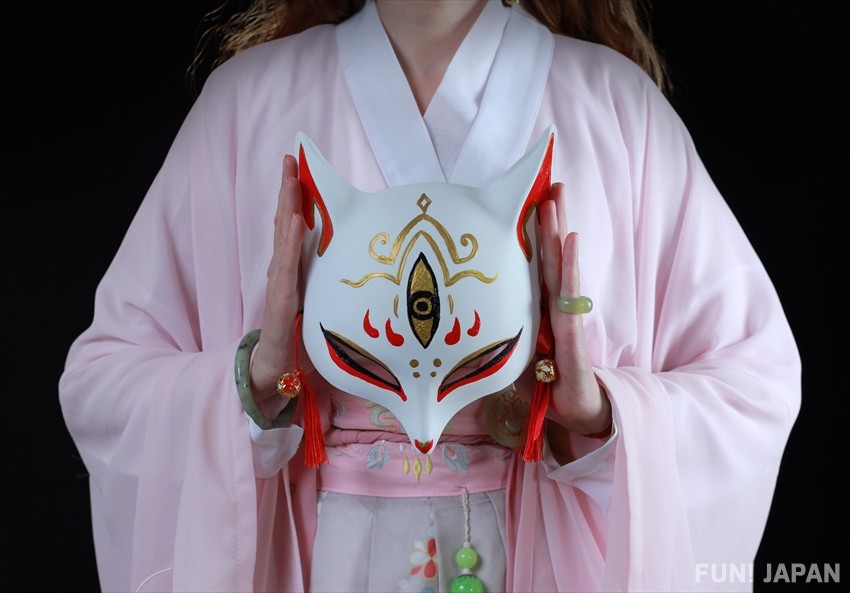
There are many different characters within Japanese mythology, with some more well known than others. These include kami (gods), oni (demons) and yokai (phantoms), with many kinds of each. While Gods are seen less often in popular culture, demons and yokai are frequent characters thanks to their mischievous ways, supernatural powers and unusual appearances. You can read more about traditional mythology here [link].
Japanese Kami (Spirit Gods)
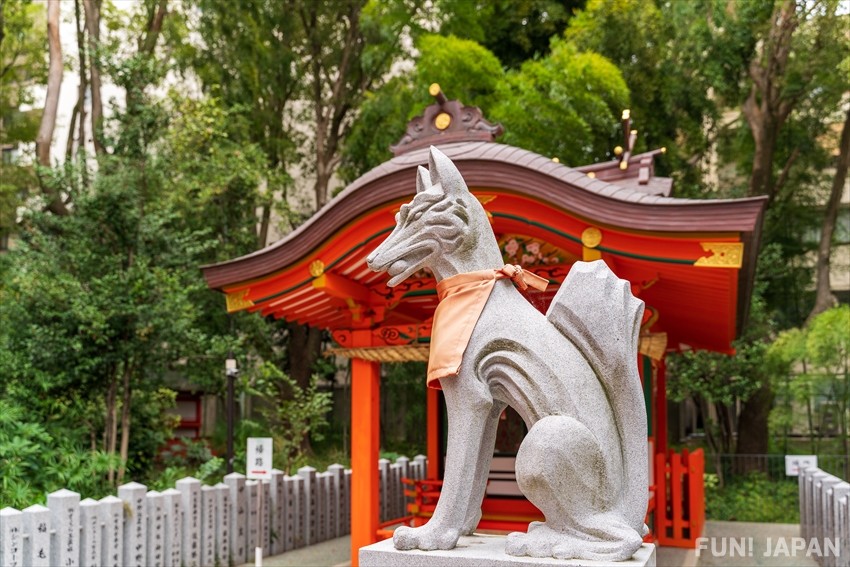
Many of Japan’s gods are recognised both in Shinto and Buddhism thanks to the many centuries of combined worship in the country. Shrines and Temples in Japan will often have a resident deity, and people will make special visits to pray to the god for their speciality, be it good fortune, luck in exams or fertility.
Common Kami in Japanese Culture
There are over 800 gods in Japanese folklore, with major Gods including Amaterasu (Celestial god of the sun) and Susanoo (Mischievous God of sea and storms) and many additional gods who control smaller elements. Some of these kami include:
- Inari: The god of rice, fertility, tea, success, agriculture, industry and more
- Kannon: The goddess of mercy
- Jizo: The god of fertility
- Benzaiten: The goddess of divinity and reasoning
- Ryujin: god of the sea, taking the form of a dragon
Kami in Popular Culture
Appearing in many anime, manga and movie forms, the spirit gods of Japan are often powerful beings with the powerful Amaterasu and the mischievous Susanoo (god of storms and sea) being popular choices.
- In the anime Dream Saga, Susanoo destroys the earth whenever humans have polluted it, with the main characters joining the process as he consumes Amaterasu, plunging the world in darkness.
- Anime and Manga series Naruto features special abilities named after Shinto gods including Amaterasu, Tsukiyomi and Susanoo.
- In Final Fantasy XIV, Susanoo appears as a primal boss fight, with Tsukuyomi following soon after.
- In Madam Butterfly, the famous Puccini Opera, the Shinto Deities Izanagi and Izanami appear.
- The Teenage Mutant Ninja Turtles Adventure series features Izunami and Izanagi in a battle to save Japan from a nuclear demon.
- The popular Ghibli movie Spirited Away features a bath house filled with kami, as protagonist Chihiro enters the spirit world.
Japanese Yokai (Phantoms)
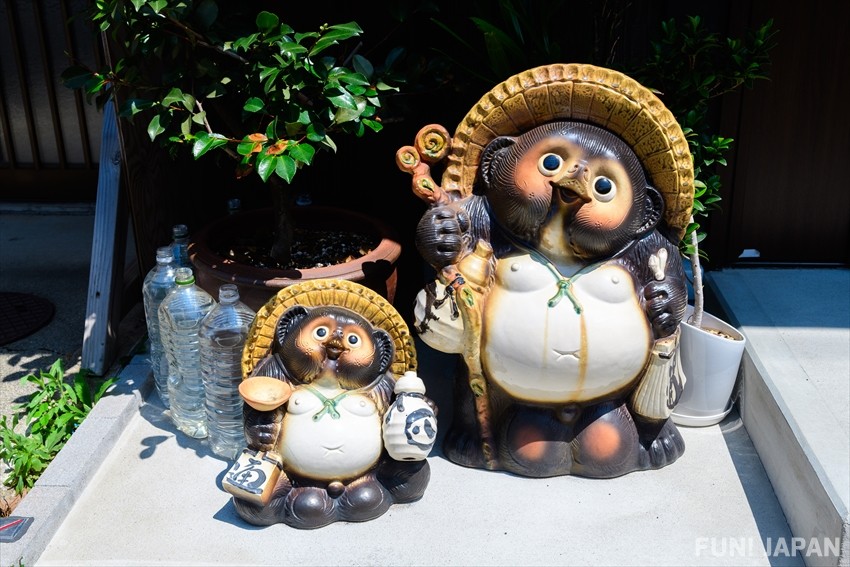
Yokai are the ghost-like phantoms of Japanese mythology, with hundreds of examples. They can be terrifying, mischievous or simply annoying, often taking on part-human, part-animal form or inhabiting objects.
Common Yokai in Japanese Culture

While there are many to choose from, some yokai make frequent appearances as warnings or in horror stories, with many depictions in the traditional ukiyo-e prints by Utagawa Kuniyoshi along with other artists.
- Tengu: ‘heavenly dogs’ with long beaks, often found at Shinto shrines
- Kappa: Mischievous water spirits that love cucumbers but often drown the unwitting.
- Funayurei: Ghosts of those who died at sea who lure sailors in to join them.
- Kuchisake Onna: a woman with a split mouth, appearing frequently in ghost stories with a trick question: is she beautiful?
- Bakezori: an example of an artefact-demon who is a one-eyed ghost-sandal, running through houses at night making noise.
Yokai in Popular Culture
Yokai have so many forms they can be found throughout Japanese-inspired popular culture as well as abroad. Many characters that seem familiar may well have yokai as their inspiration!
- Tanuki appear in many places, including as shapeshifters for all characters in the Ghibli movie Pom Poko, as characters and ability-suits in Super Mario Bros games, as Tom Nook, shopkeeper in Animal Crossing (called Tanukichi in the Japanese version), as a fighter in Street Fighter III and as a secret ta-nuki code in the Bleach series, among many others.
- The Akaname is a filth licker who cleans bathtubs and showers. The creature has appeared in Yokai-watch, as the inspiration for the Lickitung Pokemon and as a soap bar at popular brand Lush.
- Tengu can be found in Pokemon as Shiftry, the leader of a Tengu Clan in manga Black Bird, as the final boss to be defeated in video game Dead or Alive 2, and as the inspiration for the Tenga characters in Mighty Morphin Power Rangers season three and the movie.
- Yuki-Onna (snow woman) appear in the 1968 movie Kaidan Yukijorou, as inspiration for the Pokemon character Froslass, the character of Yukina in manga series Yu Yu Hakusho and as countless shows as a minor characters including Canadian series MythQuest, Yo-Kai Watch, Monster Musume and Bleach among others.
Japanese Oni (Demons)
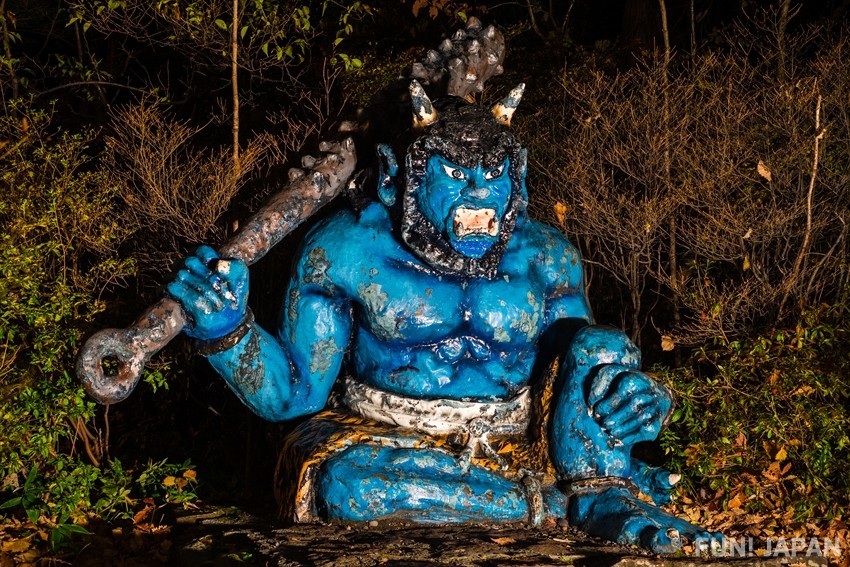
Demons in Japanese culture are most apparent in festivals and Japanese legends, often scaring children or guarding the entrance to hell. They are technically yokai, spirits, but have roles as servants in hell and are frequently considered as separate. In contemporary culture, they are less common, but form inspiration for some great characters nonetheless.
Common Oni in Japanese Culture
Often large, masculine and with horns, demons in traditional culture are an ogre or troll-like form, associated with hell and fear.
- Namahage Oni: Part of a unique festival in Sedo where they terrify lazy children.
- Yukijin of Beppu: the red and blue demons who welcome visitors to the hells of beppu, a series of unusual onsen (hot springs).
- Setsubun Demons: Appearing at the annual February festival where people throw beans at them and shout for them to leave.
Oni in Popular Culture
Making fantastic boss-characters to be beaten as well as guardians of hell, demons are familiar faces although some deviate strongly from traditional Japanese depictions.
- In Hellboy: Sword of Storms, an Oni is fought, disappearing in the final throws of battle so the brothers of Thunder and Lightning can be released.
- Jacki Chan Adventures features the king of oni, Tarakudo.
- In the Sonic the Hedgehog games, oni are the inspiration for the Zeti characters.
- In popular game Tomb Raider, Oni appear clad in armour towards the end of the game.
- Oni guard the gates of hell in video game Mortal Kombat, as well as acting as staffing the check-in station of Dragon Ball and Dragon Ball Z, deciding who goes to heaven or hell.
- Oni are the primary theme of the tv series Kamen Rider Hibiki, following an ancient battle between oni and the makemou.
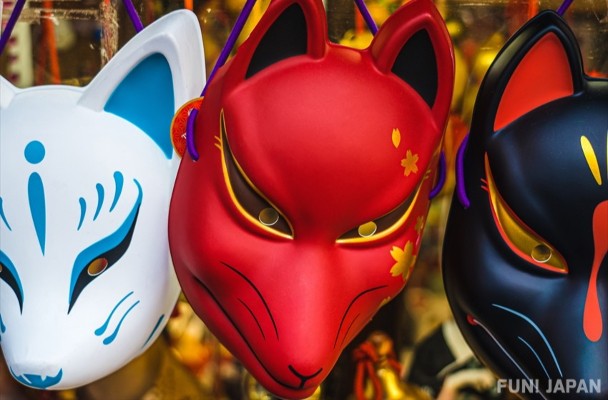
Comments